My Professional Toolbox
After years of repairing TVs from Samsung, LG, TCL, Sony, and other brands, I've learned which tools are worth the investment and which ones are just hype. This is my honest breakdown of the equipment I use daily, organized by skill level and category.
Pro Tip:
You don't need everything on this list to get started. Check out my troubleshooting guides to see which tools are essential for specific repairs.
Filter by Category
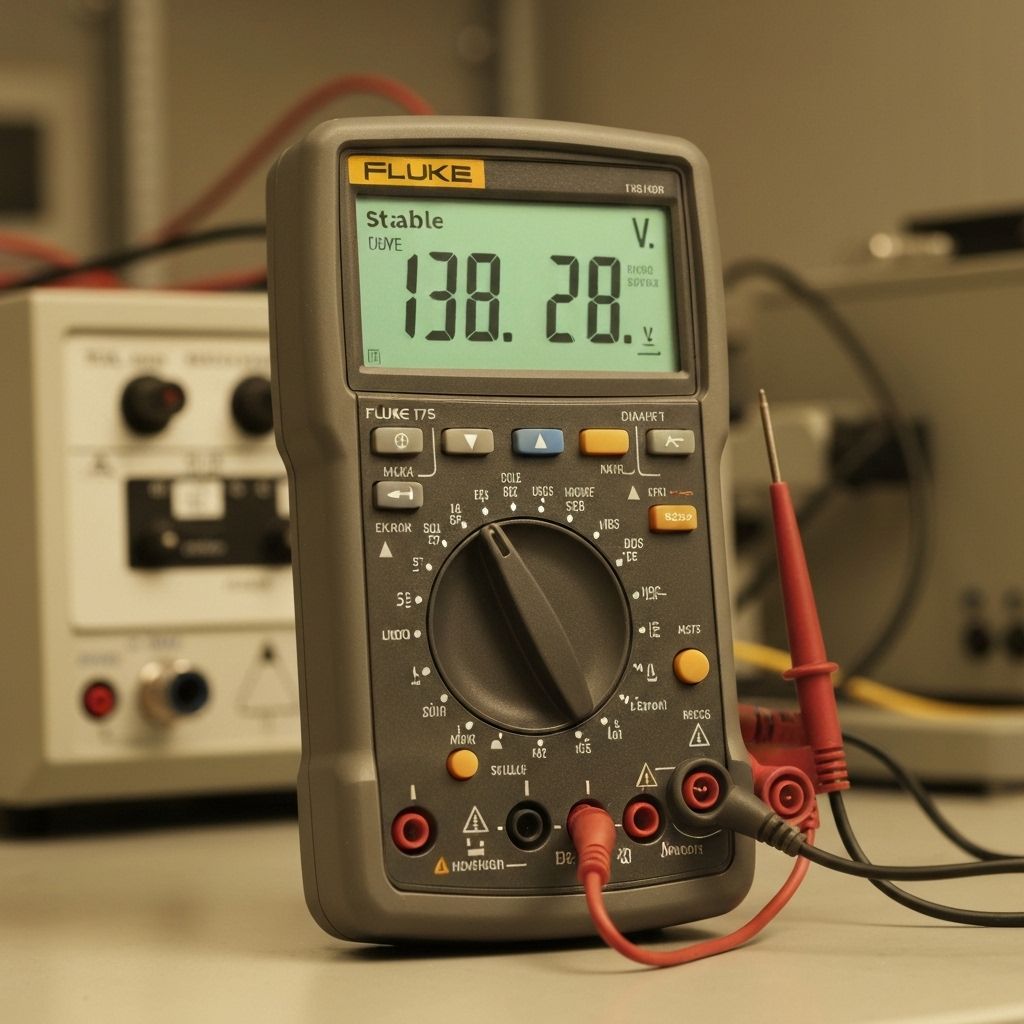
Key Specs:
Why I recommend it:
Reliable, accurate, and built to last. The 87V has been my go-to meter for over 10 years. I've used it on thousands of TV repairs and it's never let me down.
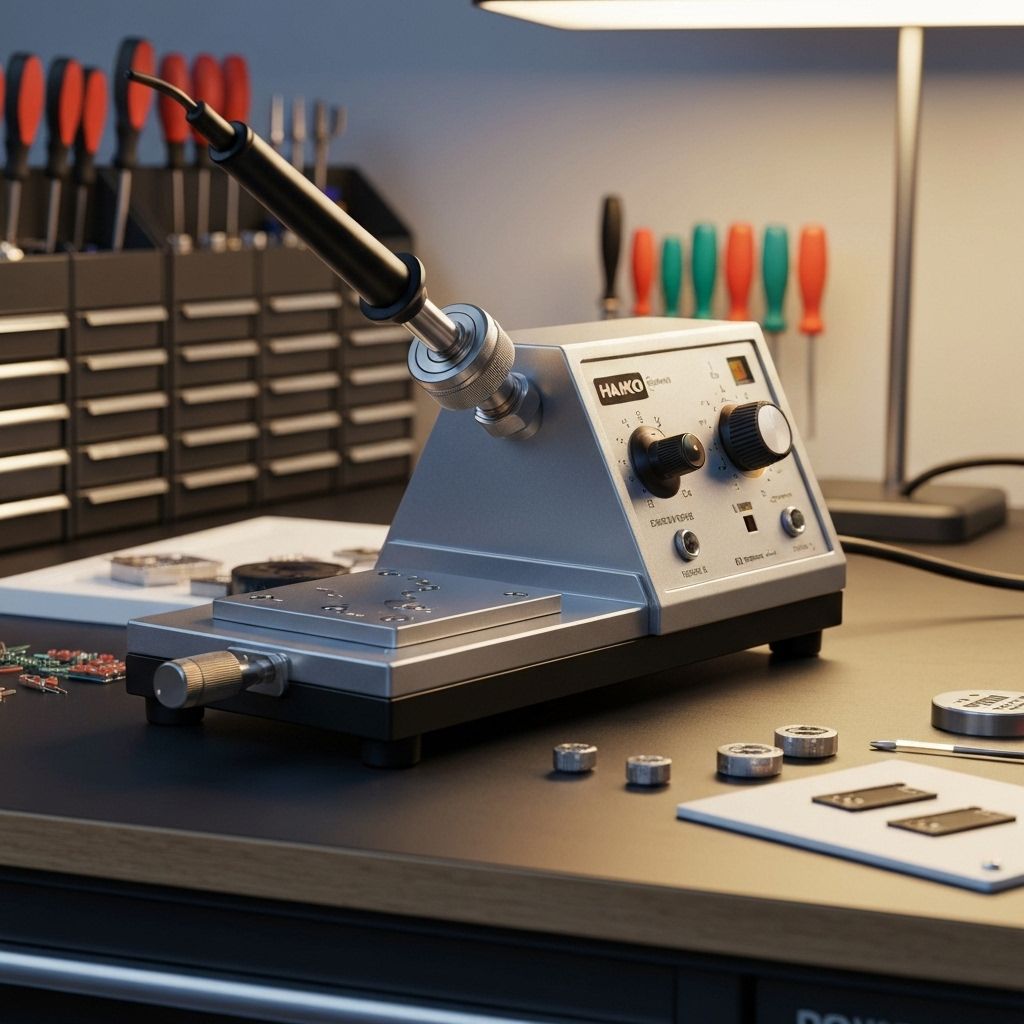
Key Specs:
Why I recommend it:
Perfect temperature control and quick recovery. Makes soldering a pleasure instead of a chore. I use this daily and it's worth every penny.
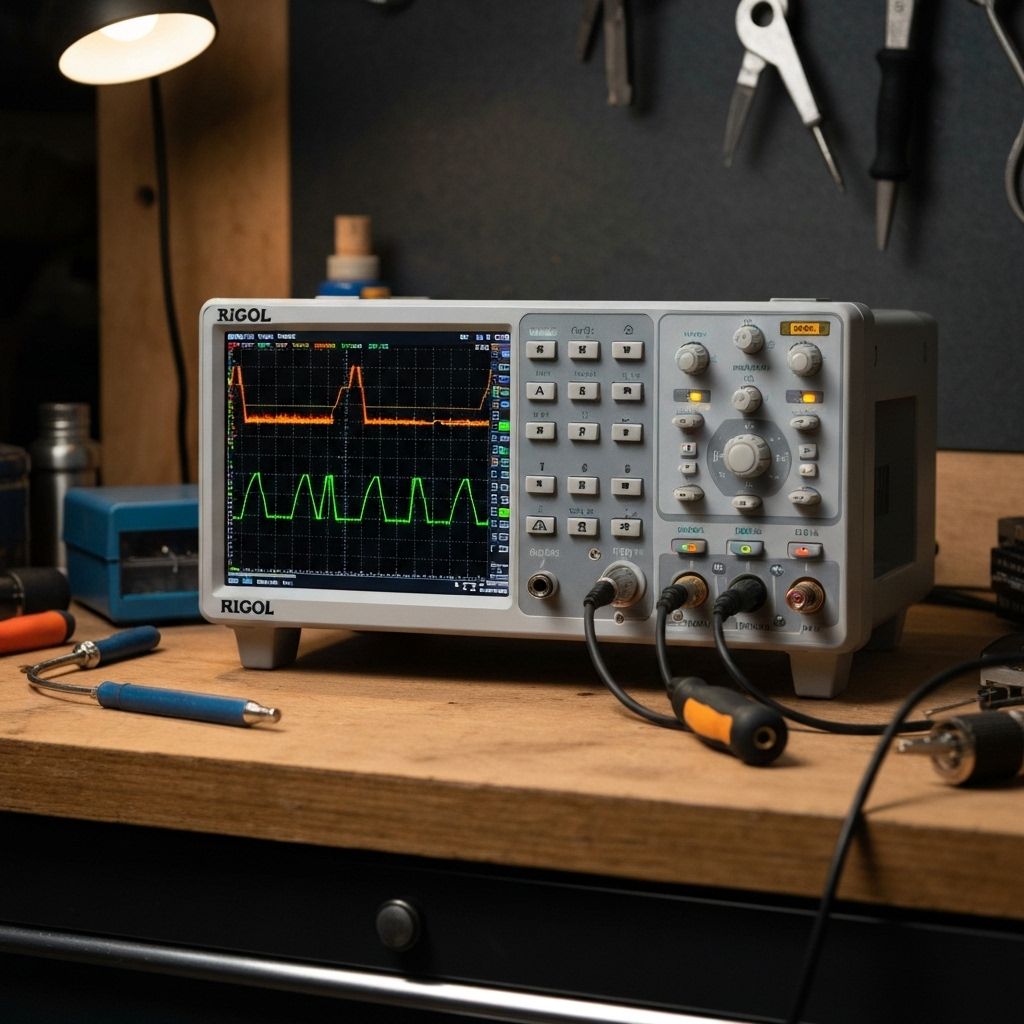
Key Specs:
Why I recommend it:
Best value oscilloscope on the market. 4 channels and hackable to 100MHz bandwidth. Essential for diagnosing complex TV issues.
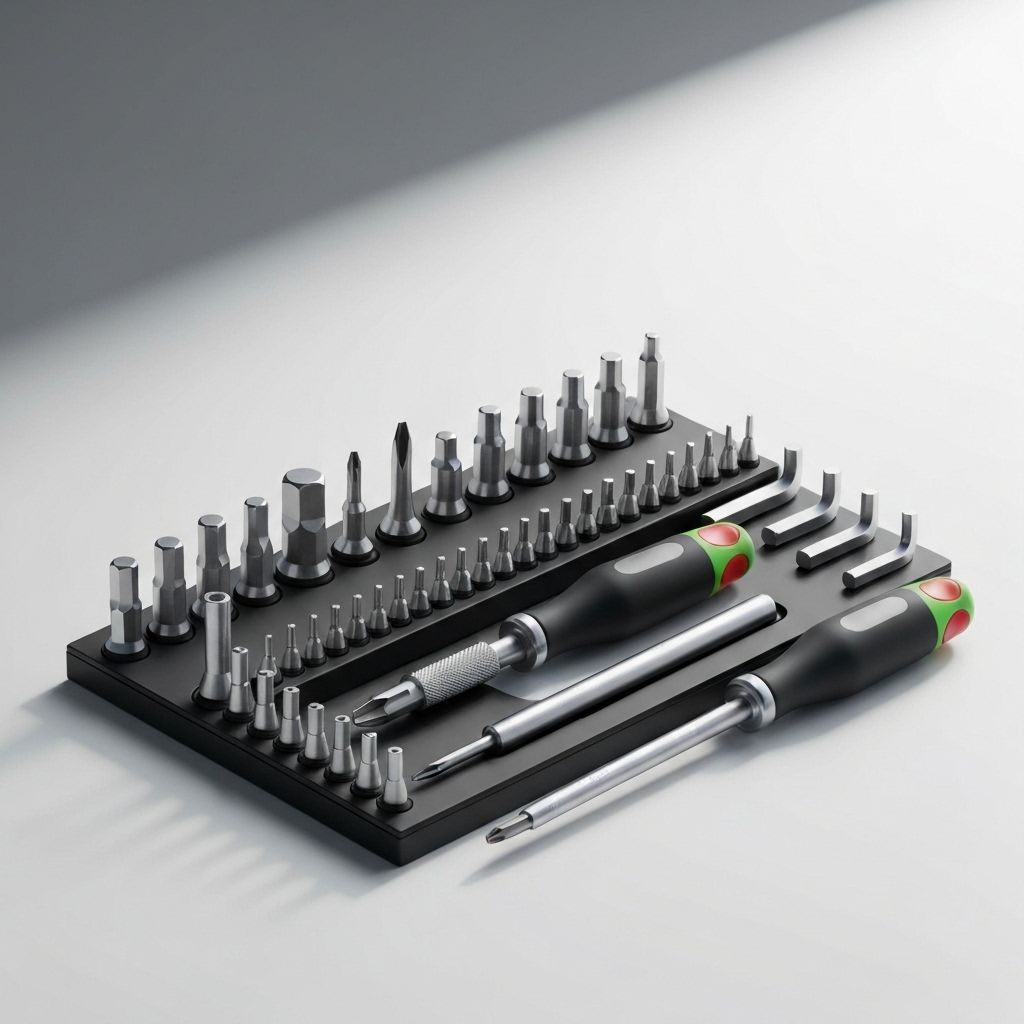
Key Specs:
Why I recommend it:
Every bit you need in one case. Quality tools that won't strip screws. I keep one on my bench and one in my travel kit.
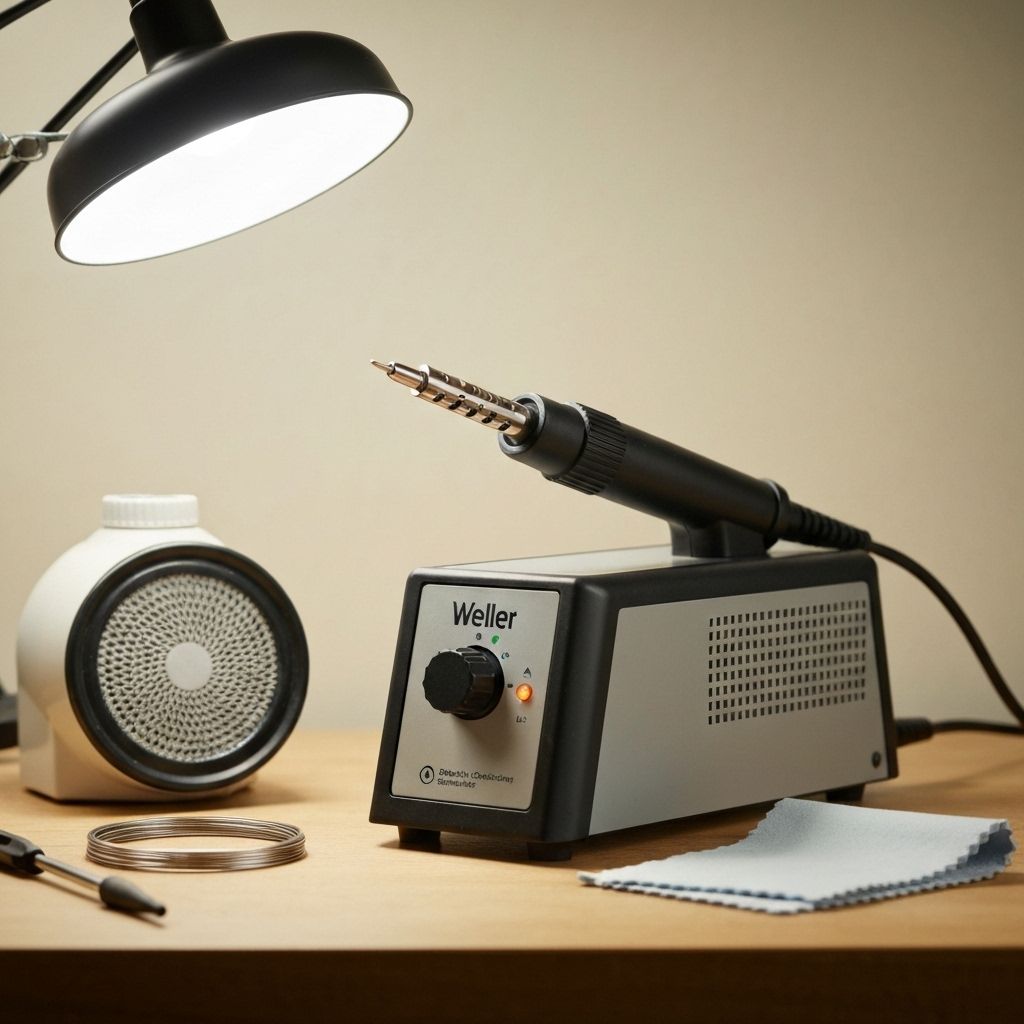
Key Specs:
Why I recommend it:
Great starter iron. I recommend this to anyone just getting into electronics repair. It's not fancy but it gets the job done.
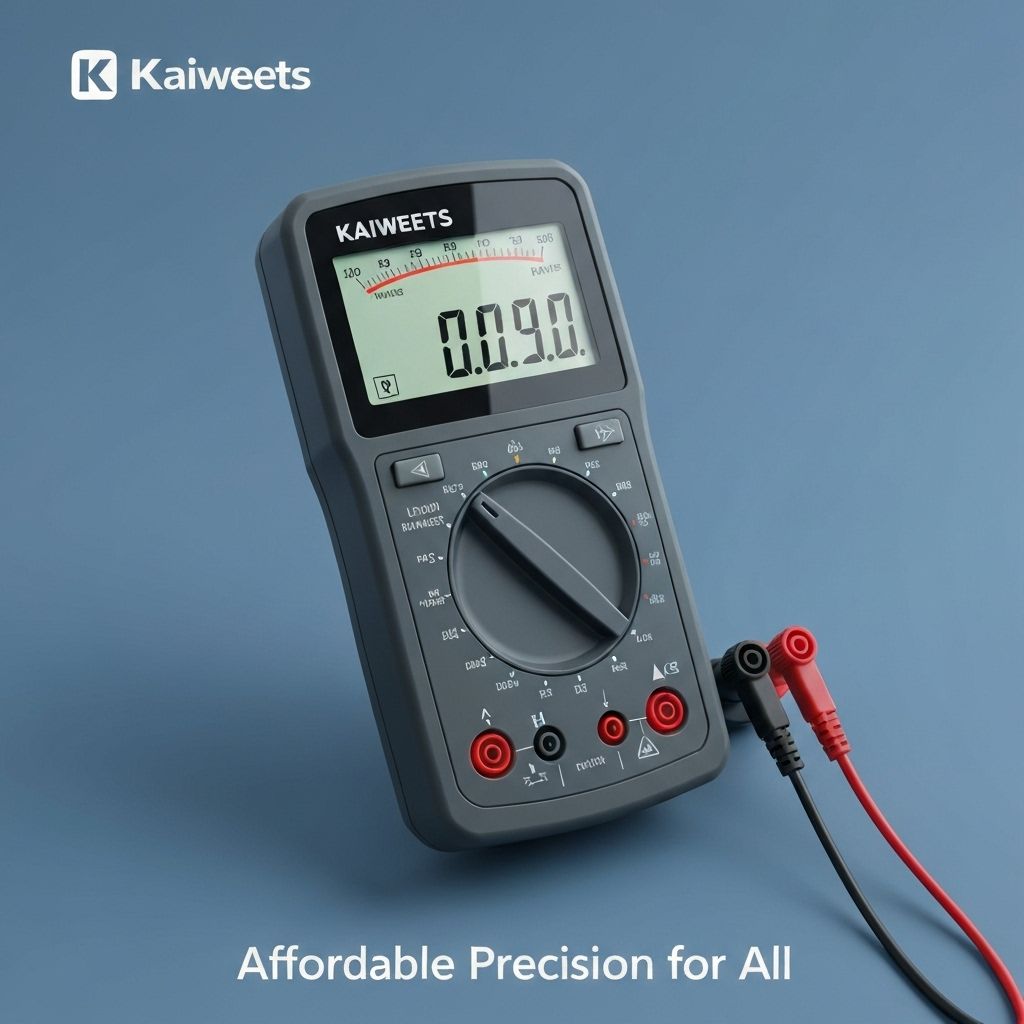
Key Specs:
Why I recommend it:
Excellent budget option. I keep one in my travel kit and recommend it to beginners. Auto-ranging saves time.
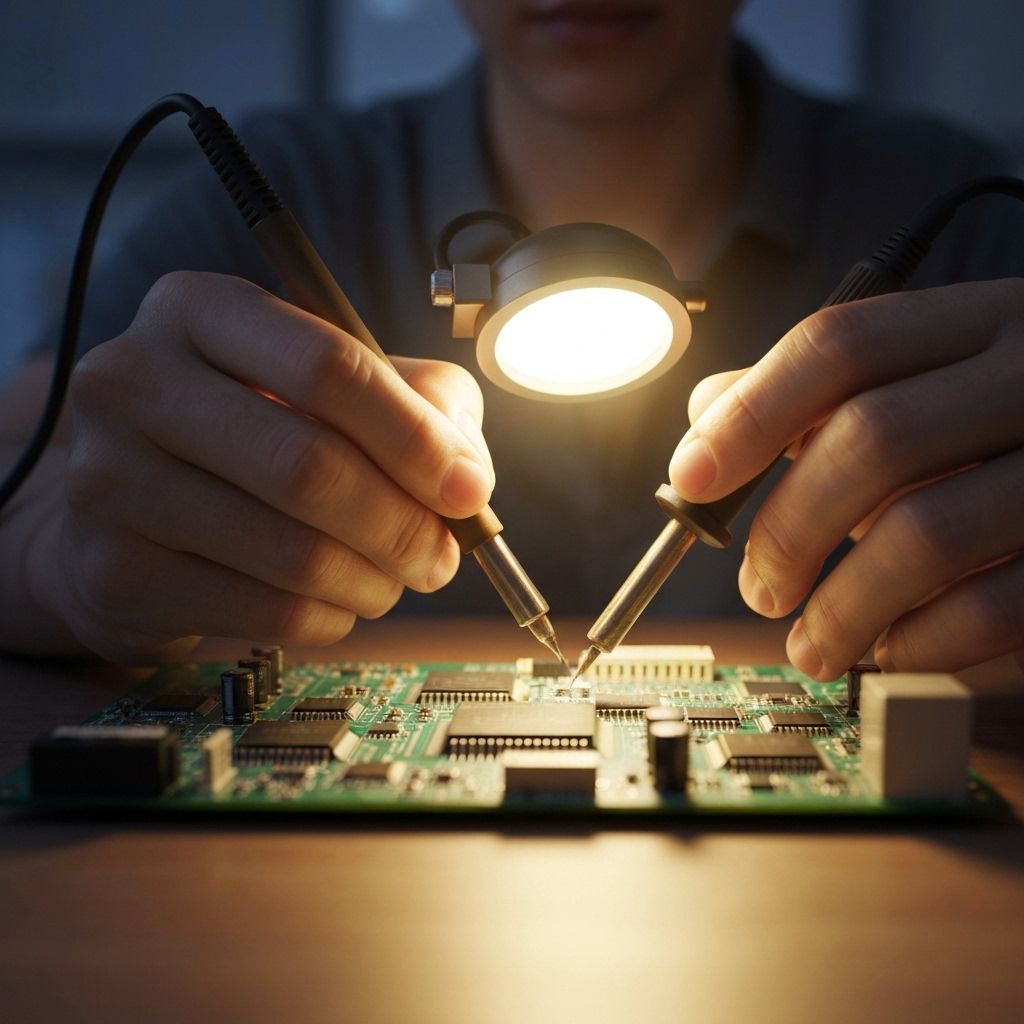
Key Specs:
Why I recommend it:
Invaluable for SMD work and detailed repairs. The magnifier is surprisingly good and the LED lighting is essential.
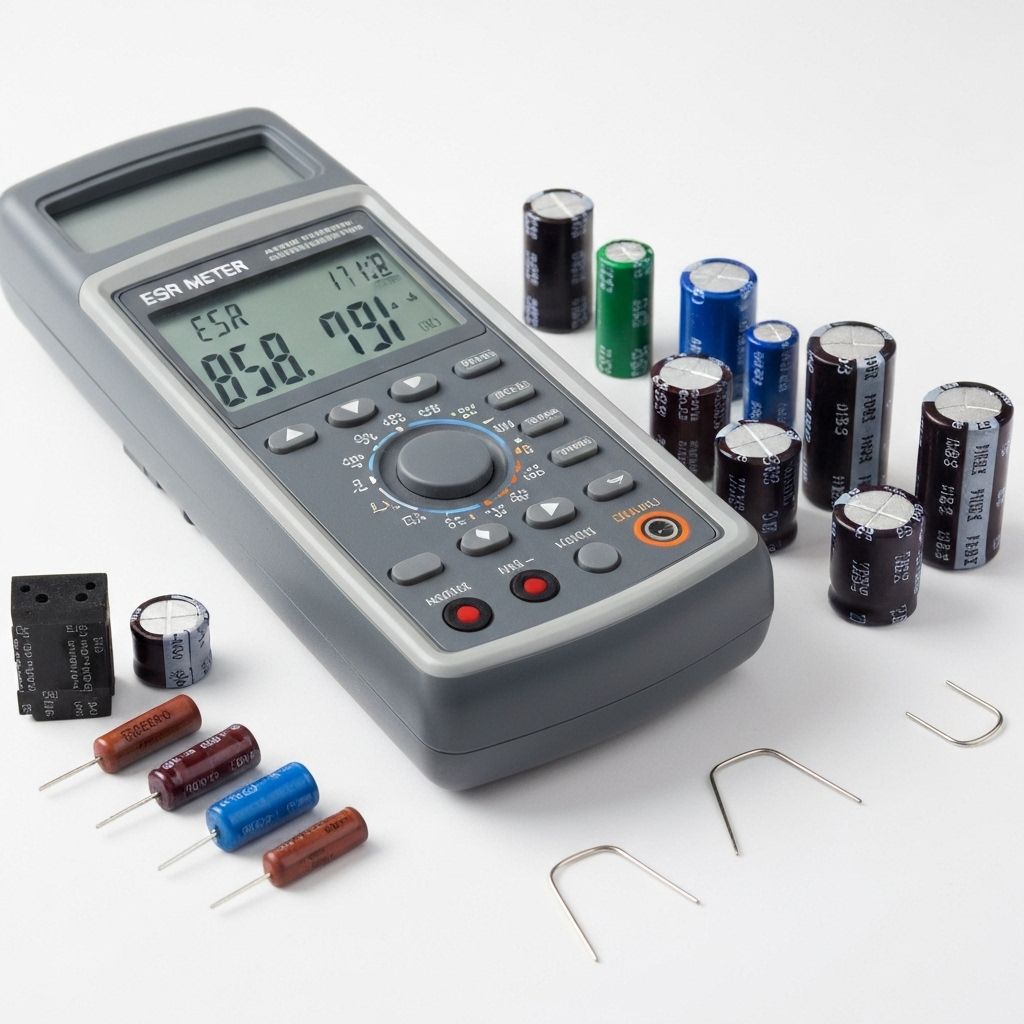
Key Specs:
Why I recommend it:
Saves hours when troubleshooting power supplies. Can test caps without desoldering. This tool has paid for itself many times over.
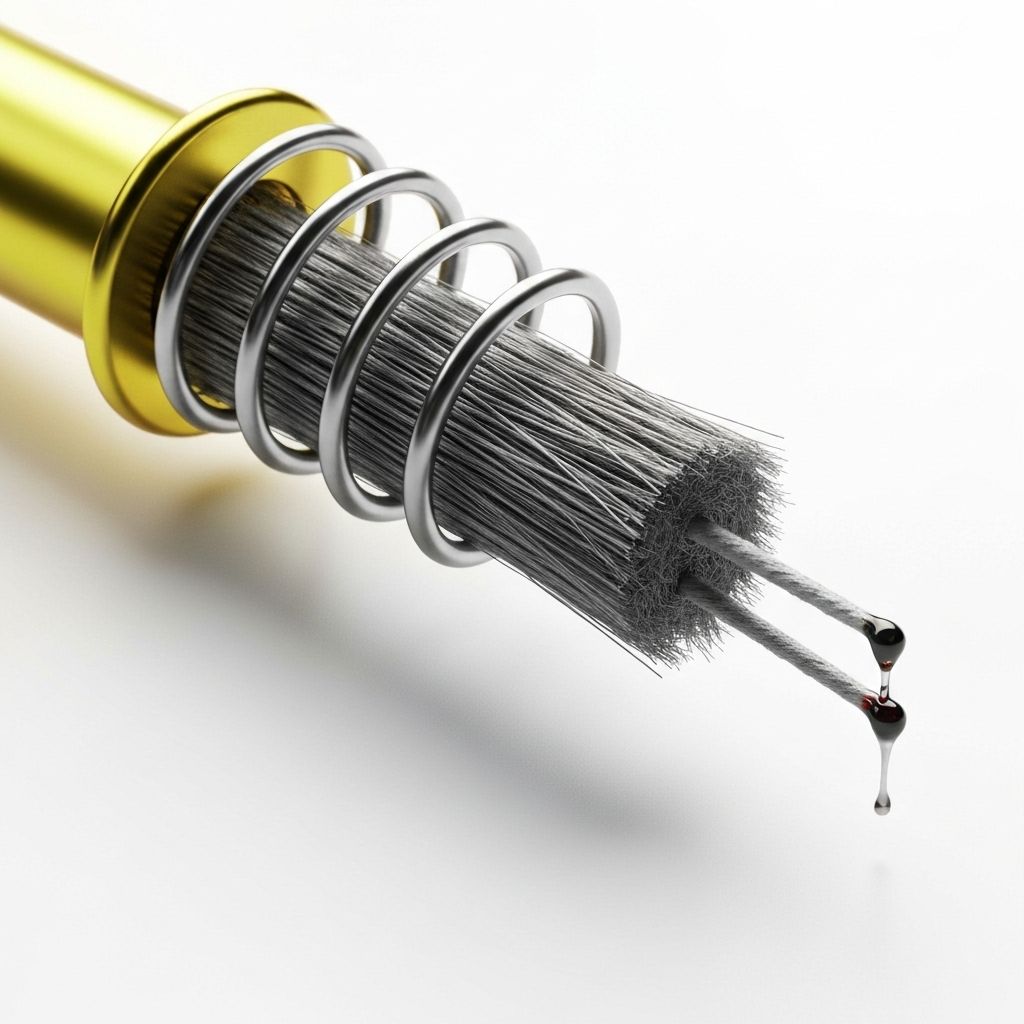
Key Specs:
Why I recommend it:
Essential for component removal. I use both depending on the situation. The wick is great for fine work, the sucker for bulk removal.
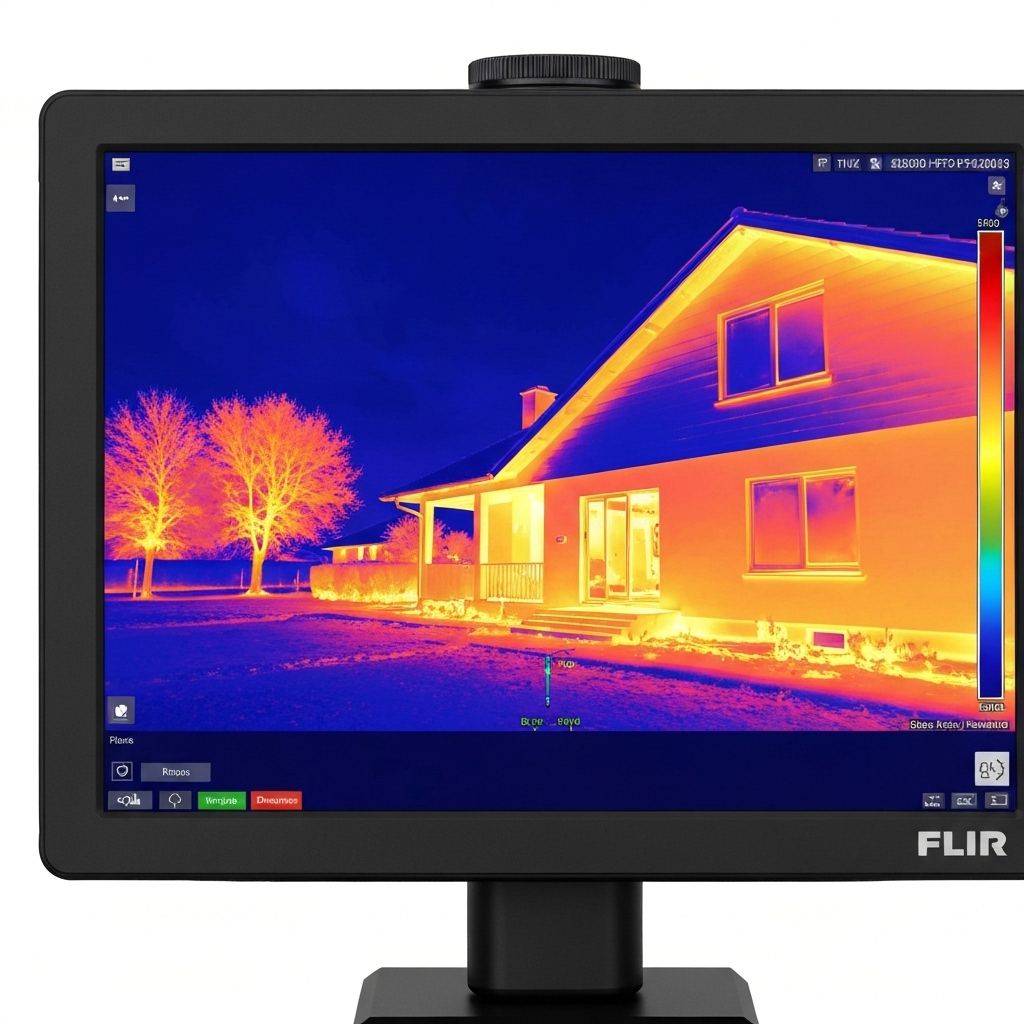
Key Specs:
Why I recommend it:
Game-changer for finding failing components. You can see exactly which component is overheating without any guesswork.
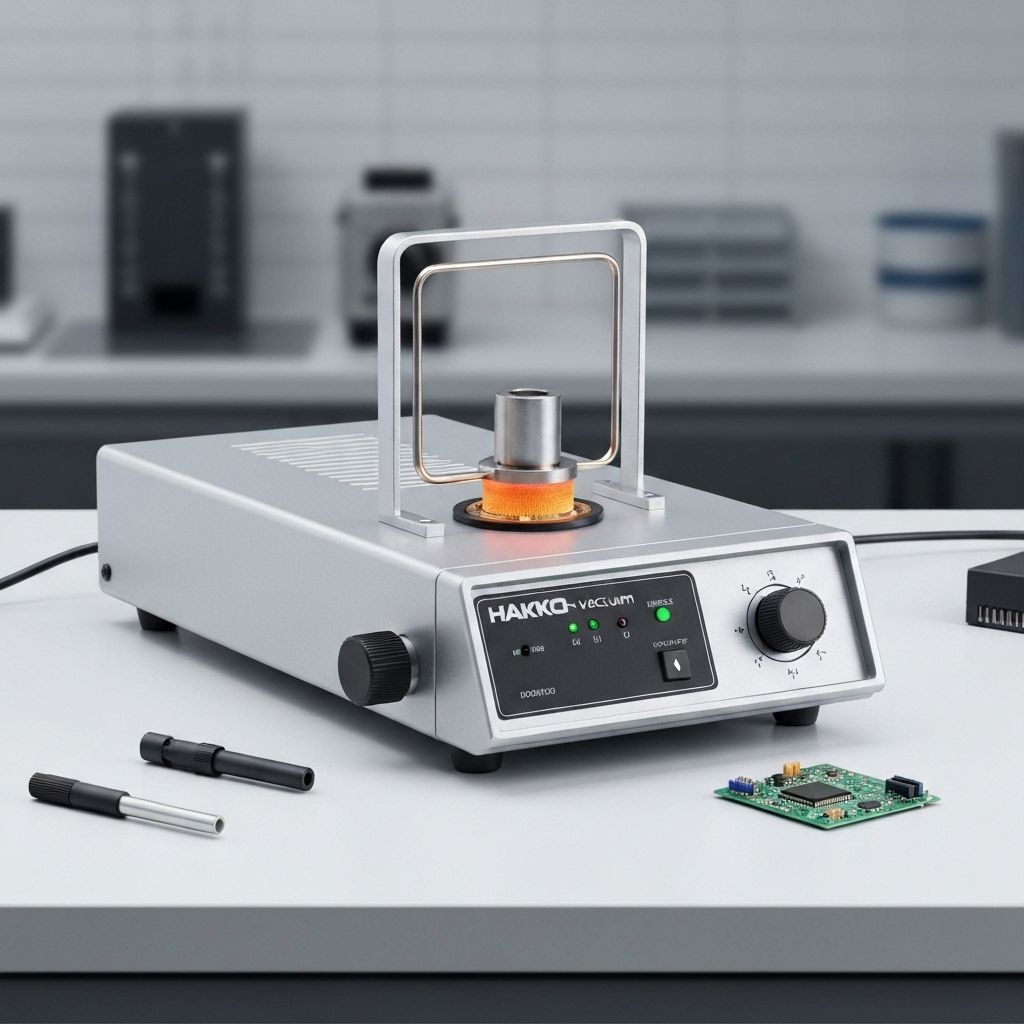
Key Specs:
Why I recommend it:
Worth the investment if you're doing serious repair work. Removes components cleanly without damaging the board.
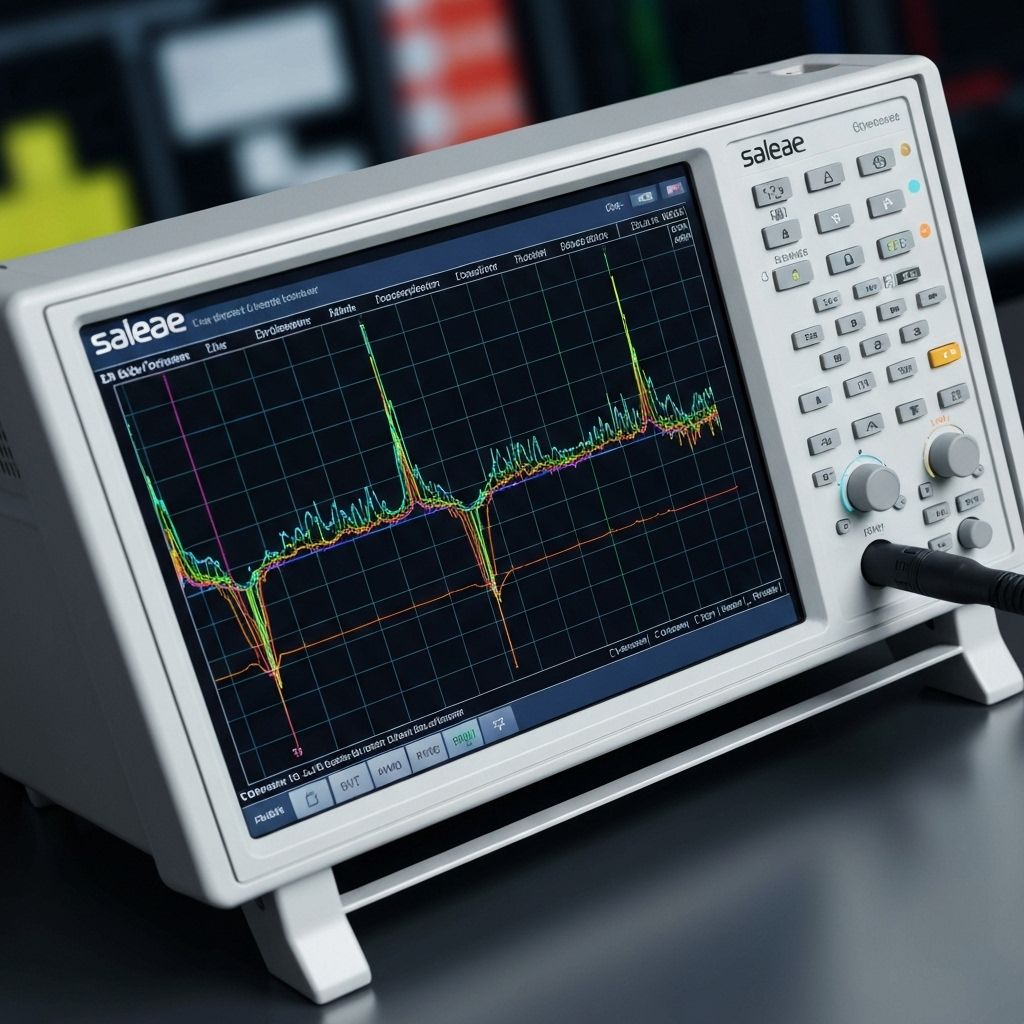
Key Specs:
Why I recommend it:
Essential for diagnosing HDMI, I2C, and SPI issues. Saves countless hours of troubleshooting.
Buying Guide by Skill Level
Essential Tools:
- ✓ Kaiweets HT112B Multimeter ($35)
- ✓ Weller WLC100 Soldering Iron ($45)
- ✓ iFixit Pro Tech Toolkit ($75)
- ✓ Helping Hands with Magnifier ($25)
- ✓ Solder Sucker & Wick ($15)
This setup covers 80% of basic TV repairs. Start here and upgrade as you gain experience.
Complete Arsenal:
- ✓ Fluke 87V Multimeter ($400)
- ✓ Hakko FX-888D Soldering Station ($100)
- ✓ Rigol DS1054Z Oscilloscope ($350)
- ✓ Thermal Camera ($200)
- ✓ ESR Meter ($50)
- ✓ Desoldering Station ($120)
This is what I use daily. Invest in quality tools that will last years.
Tool Maintenance & Care
• Clean the tip regularly with a wet sponge or brass wire cleaner
• Replace tips when they become pitted or corroded
• Store in a cool, dry place away from moisture
• Use quality solder (lead-free or lead-based, your choice)
• Replace batteries regularly
• Store probes safely to prevent damage
• Calibrate annually for accuracy
• Keep away from extreme temperatures
• Keep screwdrivers in good condition
• Replace worn bits immediately
• Store in a dry environment
• Organize for quick access